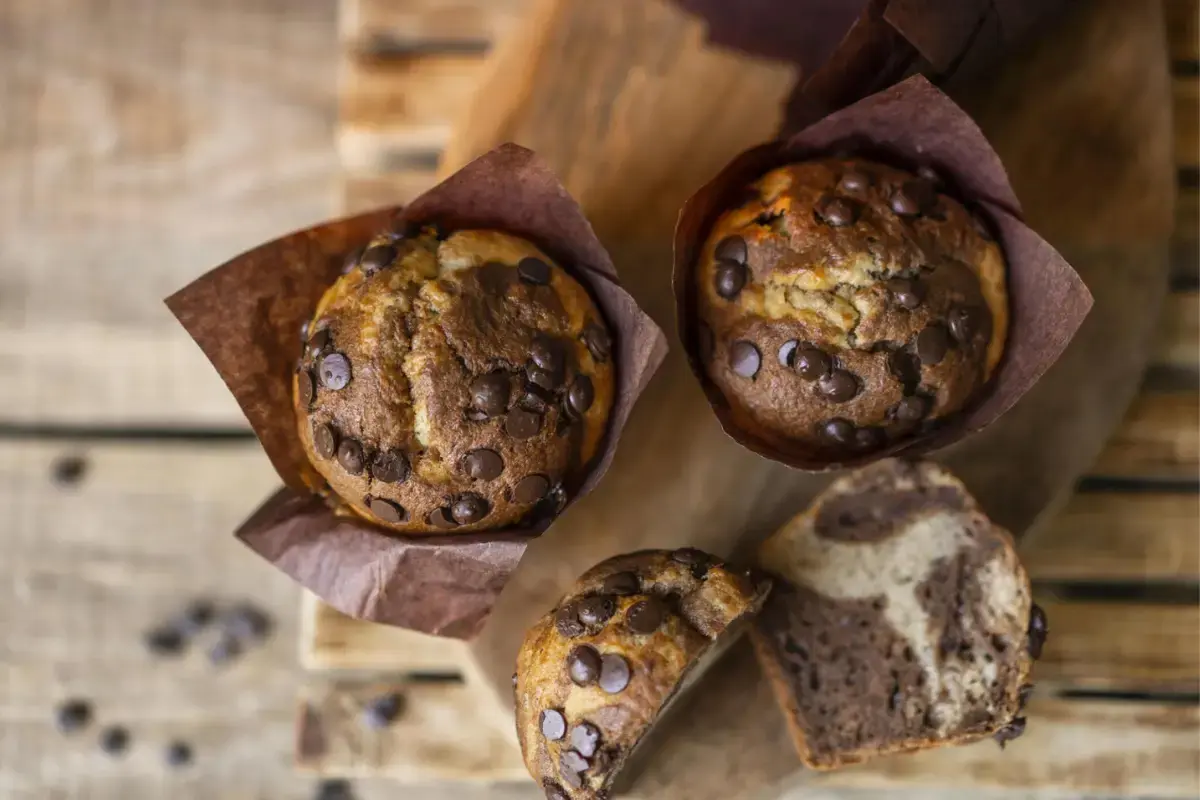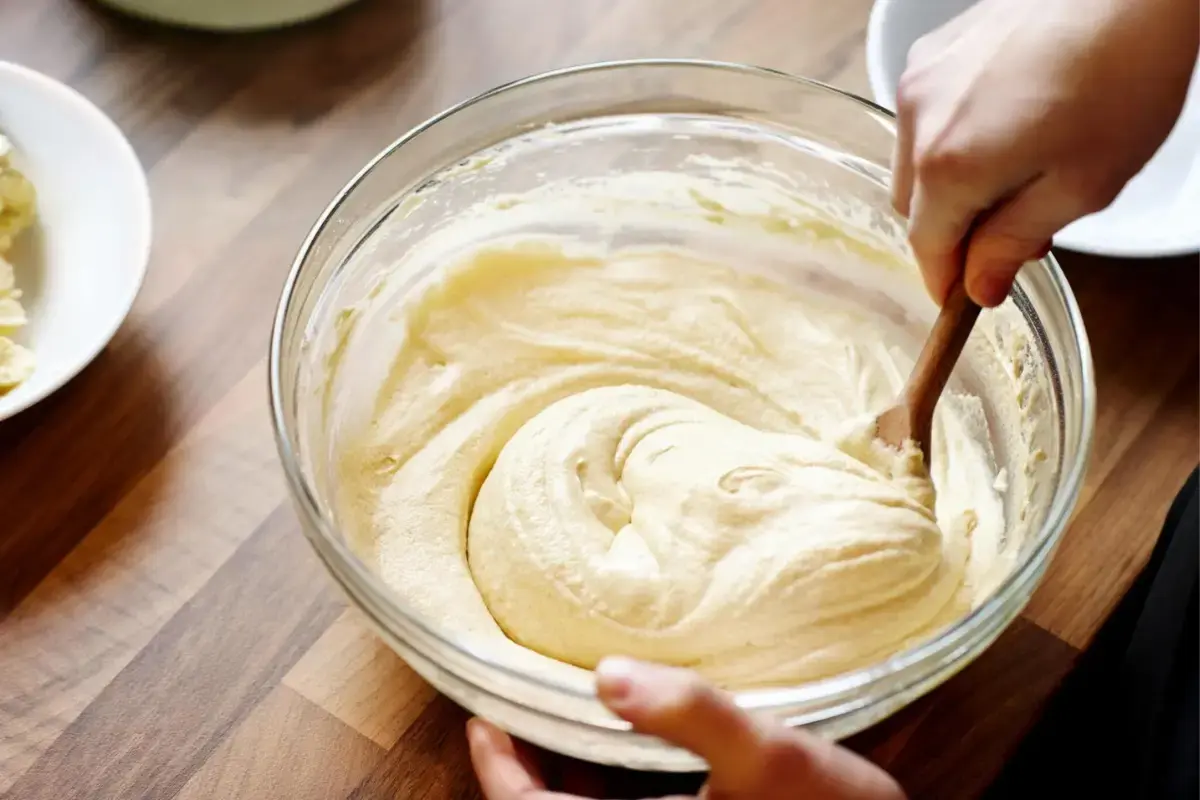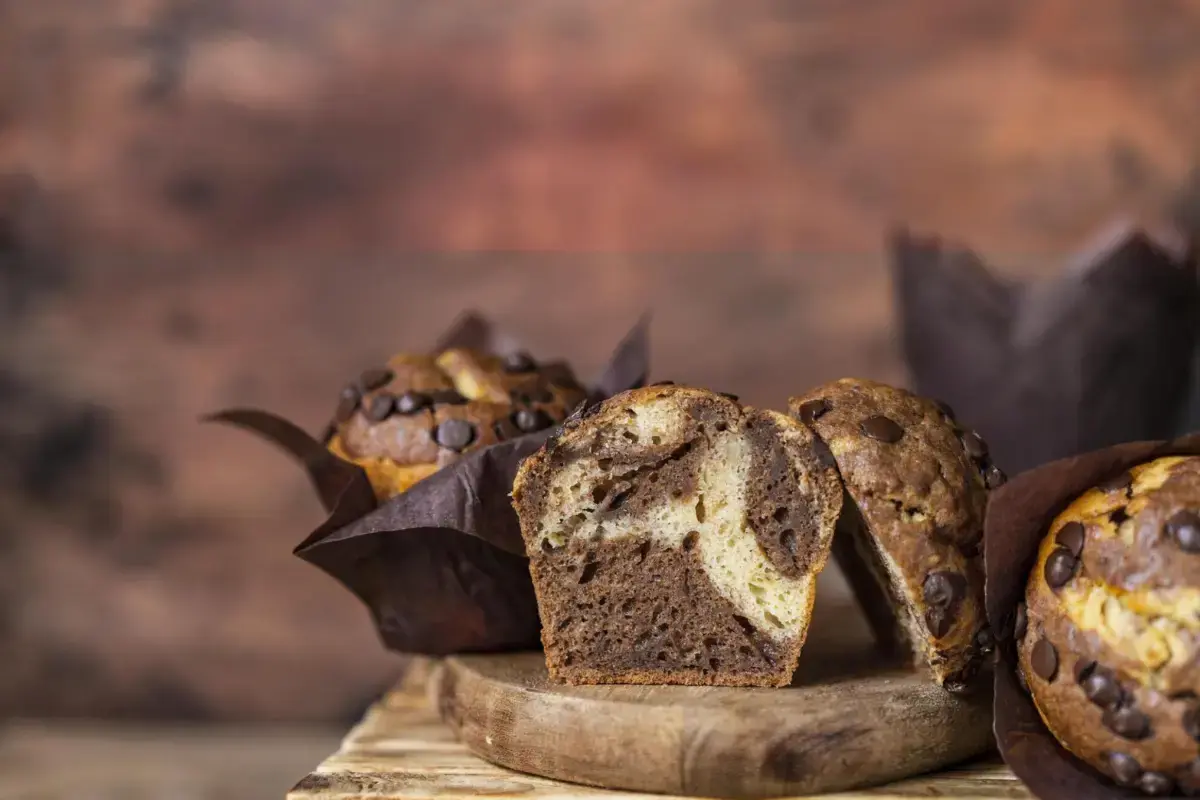Advanced Tips and Tricks
Ingredient Modifications for Enhanced Moisture
As we delve deeper into the alchemy of baking, it becomes evident that the path to moist muffins is paved with innovation and a dash of daring. The exploration of alternative flours, sweeteners, and fats opens up a new realm of possibilities for achieving that dreamy texture.
Alternative Flours: Beyond the realm of all-purpose flour lies a treasure trove of options that can enhance the moisture of your muffins. Almond flour, with its natural fats, lends a tender crumb and subtle nutty flavor. Oat flour, another excellent choice, introduces a gentle sweetness and moist texture thanks to its ability to absorb more liquid. These flours not only add moisture but also bring a new dimension of flavor and nutrition to your muffins.
Sweeteners: The choice of sweetener can significantly affect the moisture content of your muffins. Honey and maple syrup, for instance, are not just sweeteners; they’re humectants, drawing moisture from the air into your muffins and keeping them moist over time. These natural sweeteners offer a complexity of flavor that sugar alone cannot achieve, adding depth to every bite.
Fats: Venturing beyond the traditional butter and oil, consider avocado or coconut oil as moisture-rich alternatives. Avocado, with its healthy fats, blends seamlessly into muffin batter, enriching it with moisture without overpowering the flavor. Coconut oil, on the other hand, adds a hint of tropical sweetness and is renowned for its ability to keep baked goods tender and moist.
Creative Add-ins for Moisture and Flavor
The magic of moist muffins doesn’t end with the foundational ingredients. The inclusion of creative add-ins can elevate the moisture and flavor profiles to new heights.
Fruits and Vegetables: Pureed fruits and grated vegetables are your allies in the quest for moisture. Applesauce, mashed bananas, and pumpkin puree not only infuse your muffins with natural sweetness but also contribute to a luxuriously moist texture. Grated zucchini and carrots, with their high water content, melt into the batter during baking, ensuring each bite is bursting with moisture and nutrients.
Dairy and Dairy Alternatives: Yogurt, sour cream, and buttermilk are not just ingredients; they’re moisture miracles. Their acidity tenderizes the gluten, resulting in a softer crumb, while their creamy consistency adds richness. For a dairy-free twist, almond milk or coconut yogurt can offer a similar moist-making effect, ensuring your muffins are inclusive and irresistible.
Nuts and Seeds: While not directly contributing to moisture, nuts and seeds add a textural contrast that highlights the tender moistness of the muffin. Chia seeds, in particular, can absorb up to ten times their weight in water, forming a gel that adds moisture internally and creates a fascinating texture.
By embracing these advanced tips and tricks, you’re not just baking muffins; you’re crafting edible masterpieces that are as moist and flavorful as they are visually appealing. Each ingredient and each addition is a step towards perfection, transforming the humble muffin into a symphony of taste and texture.



